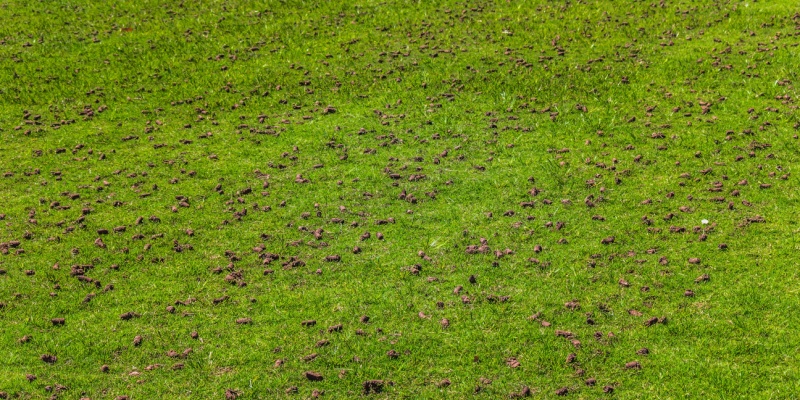Lawn aeration is an essential maintenance practice that involves creating small holes in the soil to allow air, water, and nutrients to penetrate the grass roots more effectively. This process helps alleviate soil compaction, improve root growth, and enhance overall lawn health. But how often do you need a lawn aeration treatment to maintain a lush, green yard? Here’s a comprehensive guide to help you determine the right aeration frequency for your lawn:
Factors Influencing Aeration Frequency
The frequency of lawn aeration depends on several factors, including soil type, grass type, lawn use, and overall lawn health. Understanding these factors can help you establish an appropriate aeration schedule for your yard.
1. Soil Type:
The type of soil in your lawn significantly impacts the need for aeration. Clay soils are dense and compact easily, requiring more frequent aeration. Sandy soils, on the other hand, are less prone to compaction and may need less frequent aeration.
2. Grass Type:
Different grass types have varying aeration needs. Cool-season grasses, such as Kentucky bluegrass and fescue, typically require annual aeration. Warm-season grasses, such as Bermuda and zoysia, may benefit from aeration every two years, depending on soil conditions.
3. Lawn Use:
Lawns that experience heavy foot traffic or are used frequently for activities are more prone to compaction and may need more frequent aeration. High-traffic areas, such as play zones or pathways, often require annual aeration.
4. Overall Lawn Health:
If your lawn shows signs of poor health, such as thinning grass, yellowing, or excessive thatch buildup, more frequent aeration may be necessary to improve soil conditions and promote healthy growth.
General Aeration Guidelines
While specific aeration needs can vary, here are some general guidelines to help you determine how often to aerate your lawn:
1. Annual Aeration:
Most lawns benefit from annual aeration. This frequency is suitable for lawns with clay-heavy soils, high traffic, or cool-season grasses. Aerating once a year helps maintain healthy soil structure and supports robust grass growth.
2. Biennial Aeration:
Lawns with sandy soils, low traffic, or warm-season grasses may only need aeration every two years. This schedule is sufficient to prevent excessive compaction and maintain lawn health.
3. As Needed:
In some cases, aeration may be necessary only when specific issues arise. If you notice signs of compaction, poor water absorption, or thinning grass, it may be time to aerate, regardless of the last treatment.
Best Time for Aeration
The timing of aeration is crucial for achieving the best results. Aerate your lawn during its peak growing season to allow for quick recovery and optimal growth.
- Cool-Season Grasses:
Aerate cool-season grasses in early fall (late August to early October) or early spring (late March to early April). These periods align with the active growth phases of these grasses, allowing for quick recovery.
- Warm-Season Grasses:
Aerate warm-season grasses in late spring to early summer (late April to early June). This timing coincides with the peak growing season for these grasses, promoting rapid recovery and healthy growth.
The frequency of lawn aeration treatments depends on various factors, including soil type, grass type, lawn use, and overall lawn health. While most lawns benefit from annual aeration, some may require less frequent treatments. By understanding the specific needs of your lawn and timing aeration during the peak growing season, you can maintain a healthy, vibrant yard. Regular aeration improves soil structure, enhances nutrient absorption, and promotes robust grass growth, ensuring your lawn remains lush and green throughout the year. If you need help with any or all elements of this process, reach out to the local experts at Weed Busters.

